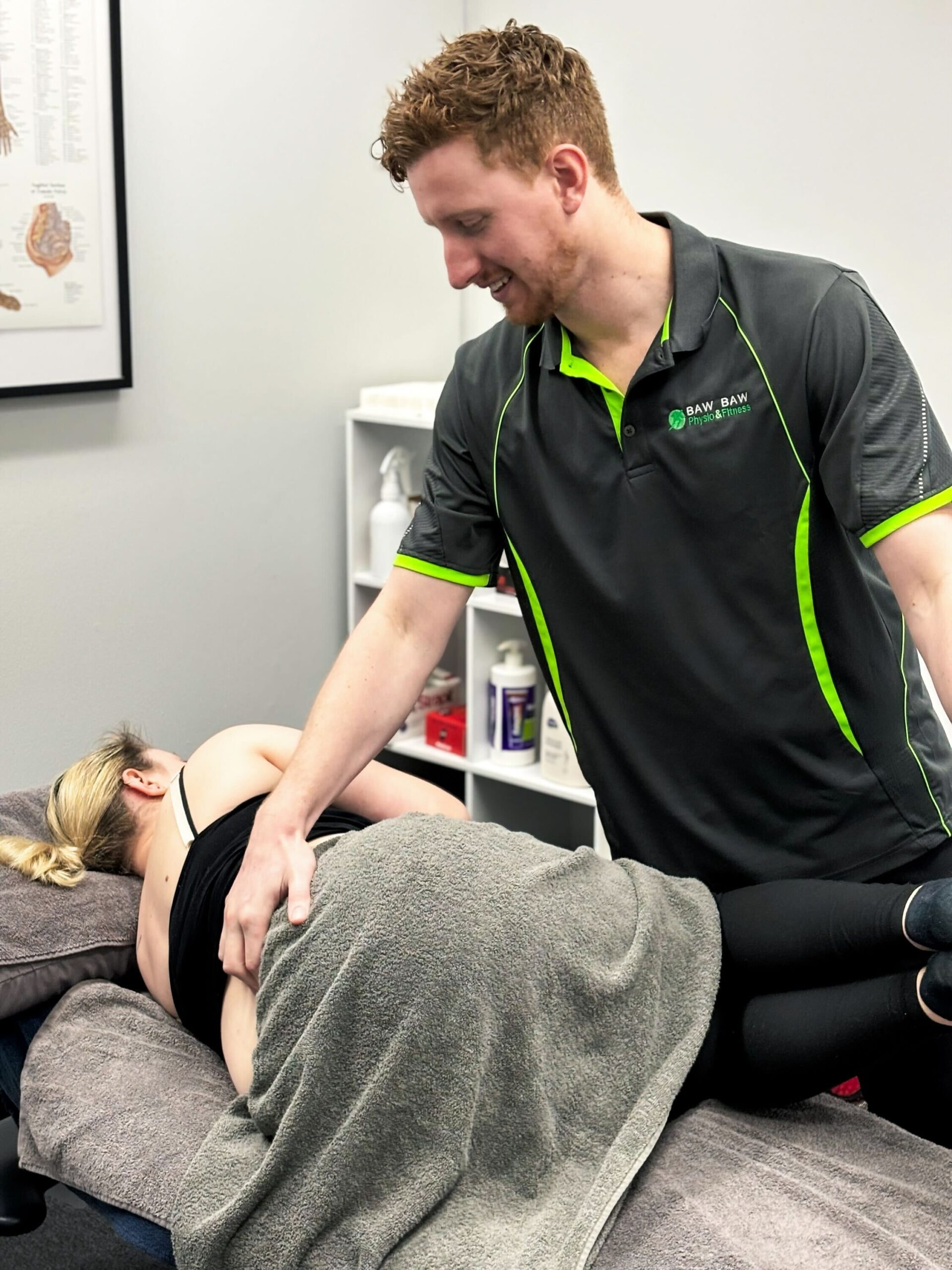
Osteopathy involves clinical care of the neuro-musculoskeletal system, which is made up of the bones, muscles, nerves, and other tissues that support your body and control its movements.
Osteopaths have a deep understanding of the body, anatomy and physiology undertaking an initial five years of study plus ongoing professional development courses. The aim of Osteopathy is to restore the normal function and stability of the joints to help the body heal itself.
On your first visits to the Osteopathy they will go through a thorough case history and ask you questions about your current symptoms or injury, medical history, any medications you are taking or other factors related to your health and wellbeing that may be related to your concerns. This allows your osteopath to get a full picture of what may be causing your symptoms and other factors that may be influencing them.
Once your Osteopath has finished going through your medical history, they will go through a range of tests to help determine how to best treat and manage your condition. This may include orthopaedic testing, neurological testing, movement testing or postural assessments. To ensure that the examination being performed can be achieved efficiently it is asked that you wear comfortable and appropriate clothing that will not restrict your movement.
Following this assessment your Osteopath will discuss their treatment plan for you and your treatment will then begin. In conjunction with hands-on treatment your osteopath may also prescribe exercises to do at home or work, ergonomic advice and lifestyle advice to compliment your in-person treatment.

Headaches and Migraines
Sciatica
Tennis and Golfers Elbow
Neck Pain
Repetitive Strain and Overuse Injuries
Carpal Tunnel
Lower Back Pain
Tendonitis
Rib Complaints
Knee Pain
Plantar Fascitis
Disc Injuries
Arthritis
Bursitis
Postural Pain
Sporting Injuries
Frozen Shoulder
Scoliosis
*Spinal manipulation
*Soft tissue massage techniques
*Articulation- gentle rhythmic joint movements
*Stretching muscles and joint capsules
*Muscle energy techniques – encouraging muscles to work against resistance.
*Visceral manipulation – gentle movement of the abdominal and pelvic areas.
*Taping Techniques- including Kinesiotape
*Individual Exercise programs
*Relaxation techniques
*Body Awareness
Private Clients do not need a referral from your general practitioner (GP) or other medical specialist to book in for an Osteopathic Treatment.
If you are eligible for the Chronic Disease Management (CDM) plan, your GP must write a referral to receive Osteopathy treatments.
Referrals also need to be obtained if being seen under Work Cover or Department of Veterans’ Affairs (DVA)